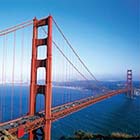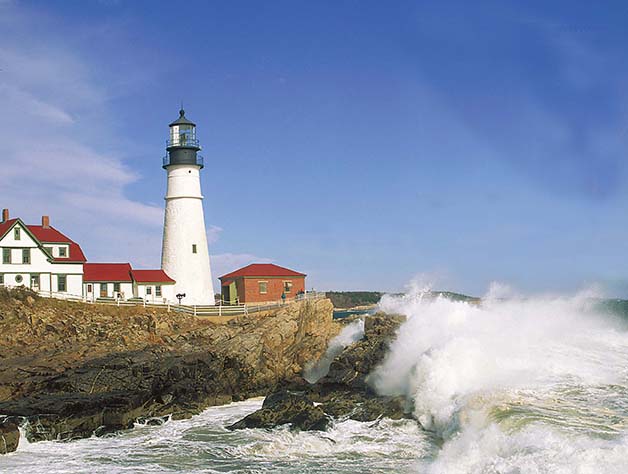Five Themes of Geography
The five themes of geography are tools you can use to analyze geographic information given in photographs, charts, maps, and text. Use these themes to determine the role of geography in U.S. history.

Location answers the question, Where is it? The answer might be an absolute location, such as 167 River Lane, or a relative location, such as six miles west of Mill City.

Place identifies natural and human features that make one place different from another. Landforms and buildings are features that can be used to identify a specific place.

Movement answers the question, How do people, goods, and ideas move from place to place?

Human-Environment Interaction explores the relationship between people and the natural world. Humans often modify their environment, and the environment affects how they live.

Regions are areas that share at least one common feature. Climate, culture, and government are features that can be used to define regions.




